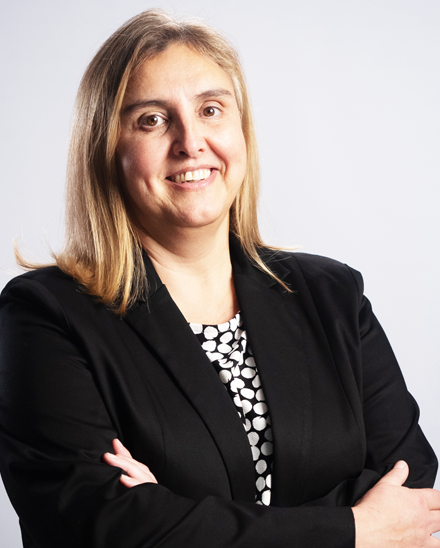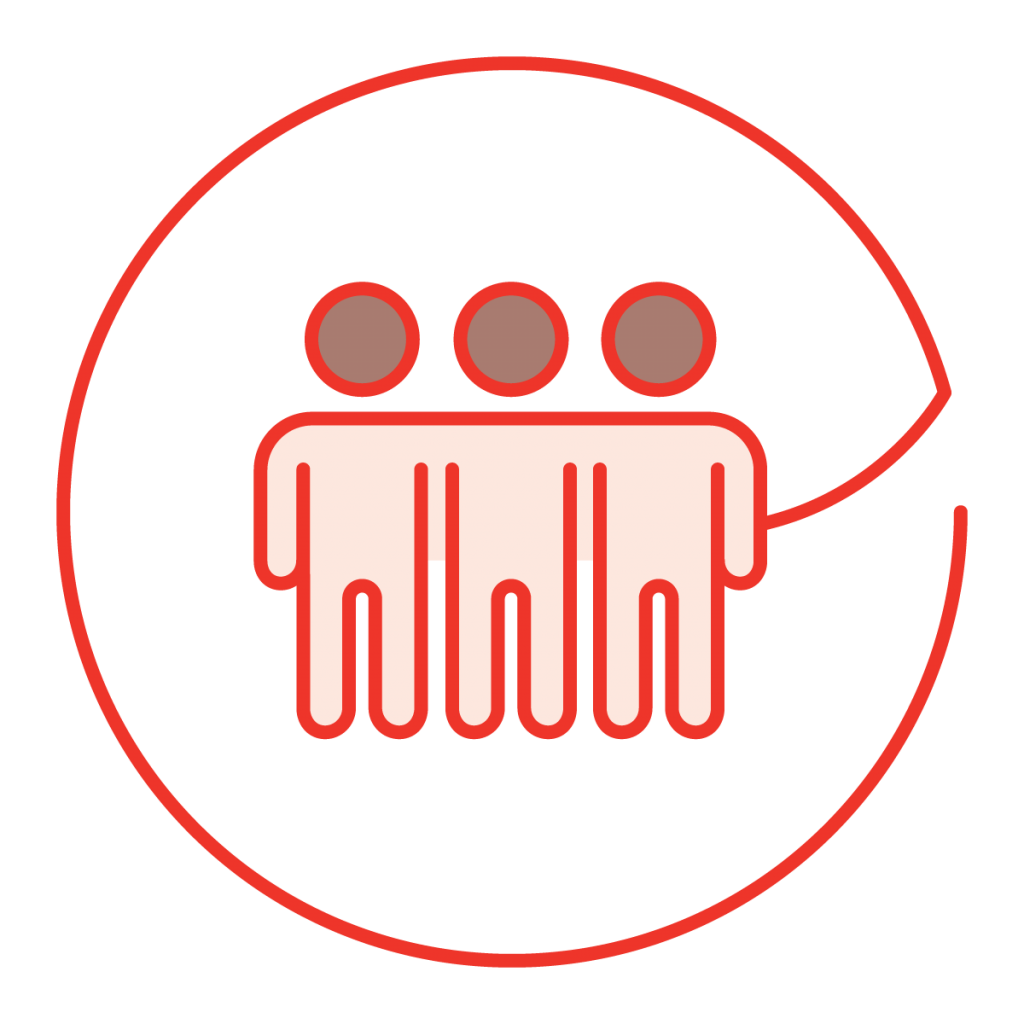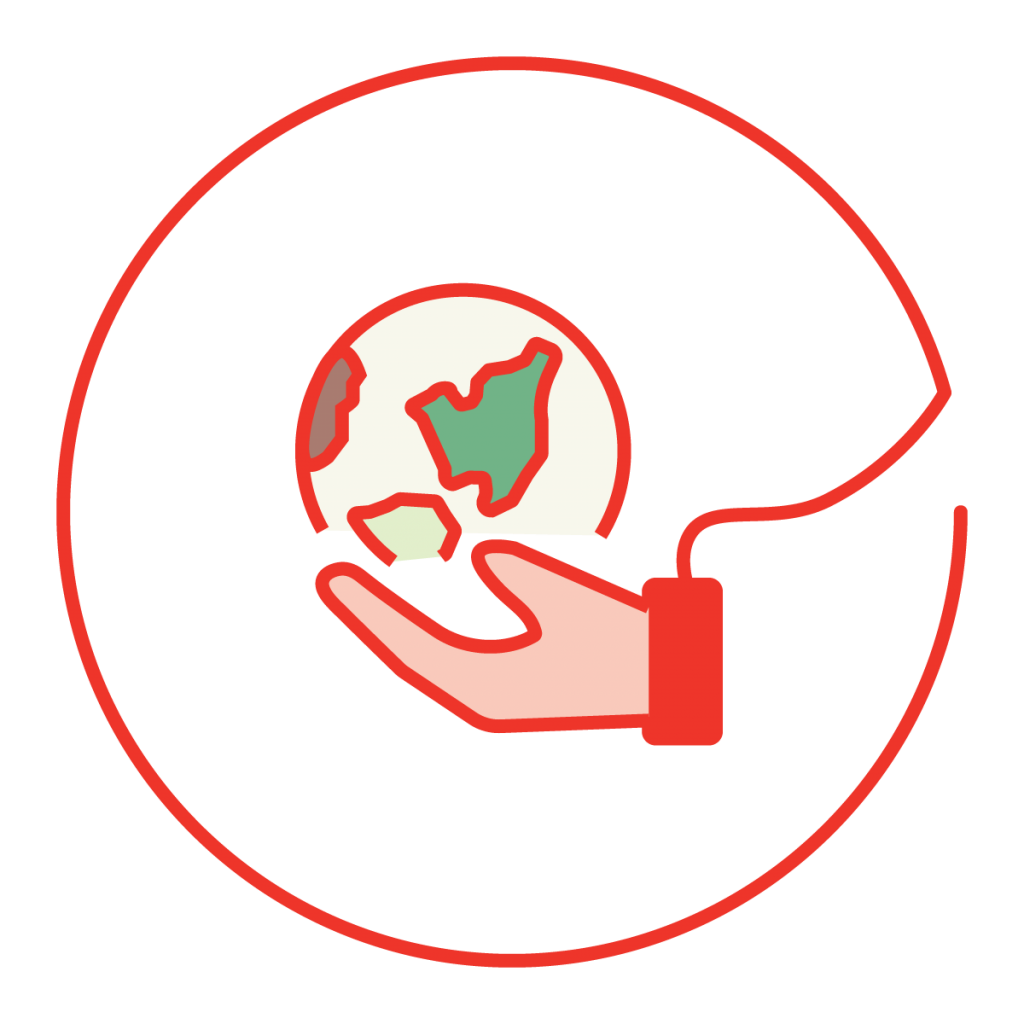

OUR BUSINESS
… it is a point of personal pride that at SANBS we provide products and services to the public sector that are on par with that provided to the private sector, and even with that provided in many high development index countries …
Dr Karin van den Berg, MEDICAL DIRECTOR

OUR BUSINESS
… it is a point of personal pride that at SANBS we provide products and services to the public sector that are on par with that provided to the private sector, and even with that provided in many high development index countries …
Dr Karin van den Berg, MEDICAL DIRECTOR

Having recently completed my first year as the Medical Director for SANBS, I continue to be amazed at how complex the business of supplying safe, sufficient blood products to the patients of South Africa is, especially when one prides oneself on providing the same quality product regardless of whether the patient is in Sandton, Gauteng or in Madwaleni, in deep rural Eastern Cape. The fact that this process often appears effortless to those looking in, is a testament to the quality of the people and processes we have in SANBS, much of which was developed by the giants that came before us and indeed still walk among us.
Following recommendations by the World Health Organization (WHO) that the Ministries of Health should “have the ultimate responsibility for ensuring an adequate supply of safe blood and blood products”, South Africa underwent a process of unifying the multiple smaller blood services operating in South Africa during the 1990s. It is through the hard work and dedication of people such as Prof. Anthon du Plessis Heyns, and indeed, Ravi Reddy, our current CEO, that the country was able to amalgamate most of these fragmented services into what is today, 21 years later, the South African National Blood Service. Utilising relationships that have been forged over decades, SANBS is today able to collaborate extensively with the Western Cape Blood Service locally, but also with other blood services in Africa and the rest of the world.
Having recently completed my first year as the Medical Director for SANBS, I continue to be amazed at how complex the business of supplying safe, sufficient blood products to the patients of South Africa is, especially when one prides oneself on providing the same quality product regardless of whether the patient is in Sandton, Gauteng or in Madwaleni, in deep rural Eastern Cape. The fact that this process often appears effortless to those looking in, is a testament to the quality of the people and processes we have in SANBS, much of which was developed by the giants that came before us and indeed still walk among us.
Following recommendations by the World Health Organization (WHO) that the Ministries of Health should “have the ultimate responsibility for ensuring an adequate supply of safe blood and blood products”, South Africa underwent a process of unifying the multiple smaller blood services operating in South Africa during the 1990s. It is through the hard work and dedication of people such as Prof. Anthon du Plessis Heyns, and indeed, Ravi Reddy, our current CEO, that the country was able to amalgamate most of these fragmented services into what is today, 21 years later, the South African National Blood Service. Utilising relationships that have been forged over decades, SANBS is today able to collaborate extensively with the Western Cape Blood Service locally, but also with other blood services in Africa and the rest of the world.
In South Africa, the role of the Medical Director of a blood service is to be accountable for the safety, quality and general sufficiency of the blood supply, a role that has had a shifting focus over the past 21 years. Historically, the driving force behind ensuring a safe blood supply was the prevention of transfusion-transmitted infections (TTI) such as HIV. The implementation of individual donation nucleic acid amplification testing (ID-NAT) in 2005 enabled SANBS to not only expand our donor base, but also enabled the Medical Directors to broaden their quality focus beyond concerns of TTI, to where we, today, are focused on implementing international quality standards such as ISO 15189 and ISO 9001.
During this time, the world has seen many dramatic advances in the healthcare arena. Diseases, such as certain genetic conditions, major trauma, complications in pregnancy (e.g., ectopic pregnancy, abruptio placentae), and cancer that previously were associated with poor health outcomes and high rates of mortality, are today not only treatable, but often curable. These newer modalities are often only possible due to the availability of a reliable, safe and sufficient blood supply. Simply put, without good quality blood products, most of the oncology treatment regimes, stem cell and organ transplant programmes commonplace today would not be possible at all. Blood transfusion in South Africa has advanced in line with advances in healthcare delivery, whether it is through expanded access to blood products as healthcare delivery in rural areas were expanded or through the provision of hi-tech clinical apheresis solutions to programmes such as ABO-incompatible liver transplant programmes. SANBS has always strived to meet the needs of our patients and treating clinicians.
In recent times, ensuring that we continue to provide a reliable, world-class service within the South African two-tiered healthcare system, has become increasingly challenging. Despite the challenges of a resource-constrained public service and the low uptake of Patient Blood Management (PBM) principles in the private sector, it is a point of personal pride that at SANBS we provide products and services to the public sector that are on par with that provided to the private sector, and even with that provided in many high development index countries.
In South Africa, the role of the Medical Director of a blood service is to be accountable for the safety, quality and general sufficiency of the blood supply, a role that has had a shifting focus over the past 21 years. Historically, the driving force behind ensuring a safe blood supply was the prevention of transfusion-transmitted infections (TTI) such as HIV. The implementation of individual donation nucleic acid amplification testing (ID-NAT) in 2005 enabled SANBS to not only expand our donor base, but also enabled the Medical Directors to broaden their quality focus beyond concerns of TTI, to where we, today, are focused on implementing international quality standards such as ISO 15189 and ISO 9001.
During this time, the world has seen many dramatic advances in the healthcare arena. Diseases, such as certain genetic conditions, major trauma, complications in pregnancy (e.g., ectopic pregnancy, abruptio placentae), and cancer that previously were associated with poor health outcomes and high rates of mortality, are today not only treatable, but often curable. These newer modalities are often only possible due to the availability of a reliable, safe and sufficient blood supply. Simply put, without good quality blood products, most of the oncology treatment regimes, stem cell and organ transplant programmes commonplace today would not be possible at all. Blood transfusion in South Africa has advanced in line with advances in healthcare delivery, whether it is through expanded access to blood products as healthcare delivery in rural areas were expanded or through the provision of hi-tech clinical apheresis solutions to programmes such as ABO-incompatible liver transplant programmes. SANBS has always strived to meet the needs of our patients and treating clinicians.
In recent times, ensuring that we continue to provide a reliable, world-class service within the South African two-tiered healthcare system, has become increasingly challenging. Despite the challenges of a resource-constrained public service and the low uptake of Patient Blood Management (PBM) principles in the private sector, it is a point of personal pride that at SANBS we provide products and services to the public sector that are on par with that provided to the private sector, and even with that provided in many high development index countries.
Reviewing the past year through the lens of our six capitals, SANBS has had a number of achievements but also a few challenges.
Covid-19 had a greater impact on our alternative revenue streams than on our core business, in part because several of these streams are highly specialised services that were disproportionally affected by the healthcare service disruption during the various Covid-19 waves. The teams were, however, able to introduce a number of new services, including immuno-absorption programmes for patients undergoing ABO incompatible liver transplants. In addition, the number of clinical units we are providing clinical apheresis to has increased to 78, of which 26 are stem cell transplant units.





Reviewing the past year through the lens of our six capitals, SANBS has had a number of achievements but also a few challenges.
Covid-19 had a greater impact on our alternative revenue streams than on our core business, in part because several of these streams are highly specialised services that were disproportionally affected by the healthcare service disruption during the various Covid-19 waves. The teams were, however, able to introduce a number of new services, including immuno-absorption programmes for patients undergoing ABO incompatible liver transplants. In addition, the number of clinical units we are providing clinical apheresis to has increased to 78, of which 26 are stem cell transplant units.





Adjusting to the new normal introduced by Covid-19 moving from an epidemic to an endemic disease, will require SANBS to re-assess our processes and systems. With the normalisation of the blood demand, our Donor Teams will need to develop new and innovative ways of collecting blood with programmes such as the “Good Hood” campaign and #MoreBlood in the pipeline. Multi-disciplinary teams are developing strategies and processes to ensure sufficient platelets products; improved blood component processing; completion of the SMART fridge pilot; completion of the blood bank automation project and implementation of new testing strategies in our specialised laboratories, all of which will be underpinned by our new BECS. Key focus areas for staff development will include the roll-out of our new Learner Experience Portal, bedding down of the dual career pathway and continued research capacity development, including the continuation of the Covid-19 sero-prevalence and immunology research.
Adjusting to the new normal introduced by Covid-19 moving from an epidemic to an endemic disease, will require SANBS to re-assess our processes and systems. With the normalisation of the blood demand, our Donor Teams will need to develop new and innovative ways of collecting blood with programmes such as the “Good Hood” campaign and #MoreBlood in the pipeline. Multi-disciplinary teams are developing strategies and processes to ensure sufficient platelets products; improved blood component processing; completion of the SMART fridge pilot; completion of the blood bank automation project and implementation of new testing strategies in our specialised laboratories, all of which will be underpinned by our new BECS. Key focus areas for staff development will include the roll-out of our new Learner Experience Portal, bedding down of the dual career pathway and continued research capacity development, including the continuation of the Covid-19 sero-prevalence and immunology research.
As is the case for many industries, the past year has been tough on SANBS and our staff, with the coming year likely to be equally challenging. However, the way our staff responded to the adversity brought about by the Covid-19 epidemic bodes well for our continued ability to overcome the challenges of the future. I know that I speak for the Executive when extending a heartfelt appreciation to our staff, donors, patients and all other stakeholders for their support over the past 21 years; with your support and dedication, we can be trusted to save lives.
As is the case for many industries, the past year has been tough on SANBS and our staff, with the coming year likely to be equally challenging. However, the way our staff responded to the adversity brought about by the Covid-19 epidemic bodes well for our continued ability to overcome the challenges of the future. I know that I speak for the Executive when extending a heartfelt appreciation to our staff, donors, patients and all other stakeholders for their support over the past 21 years; with your support and dedication, we can be trusted to save lives.